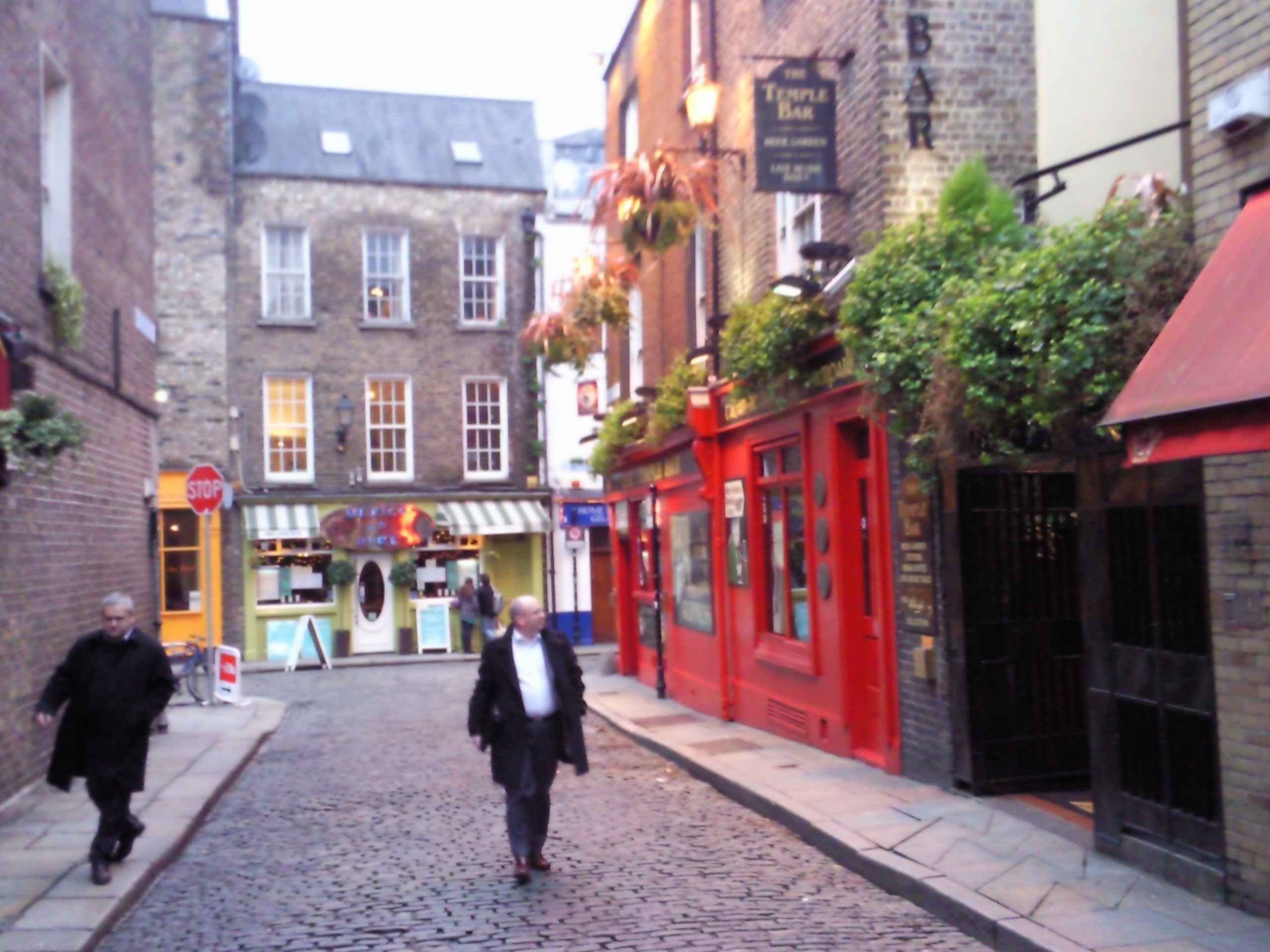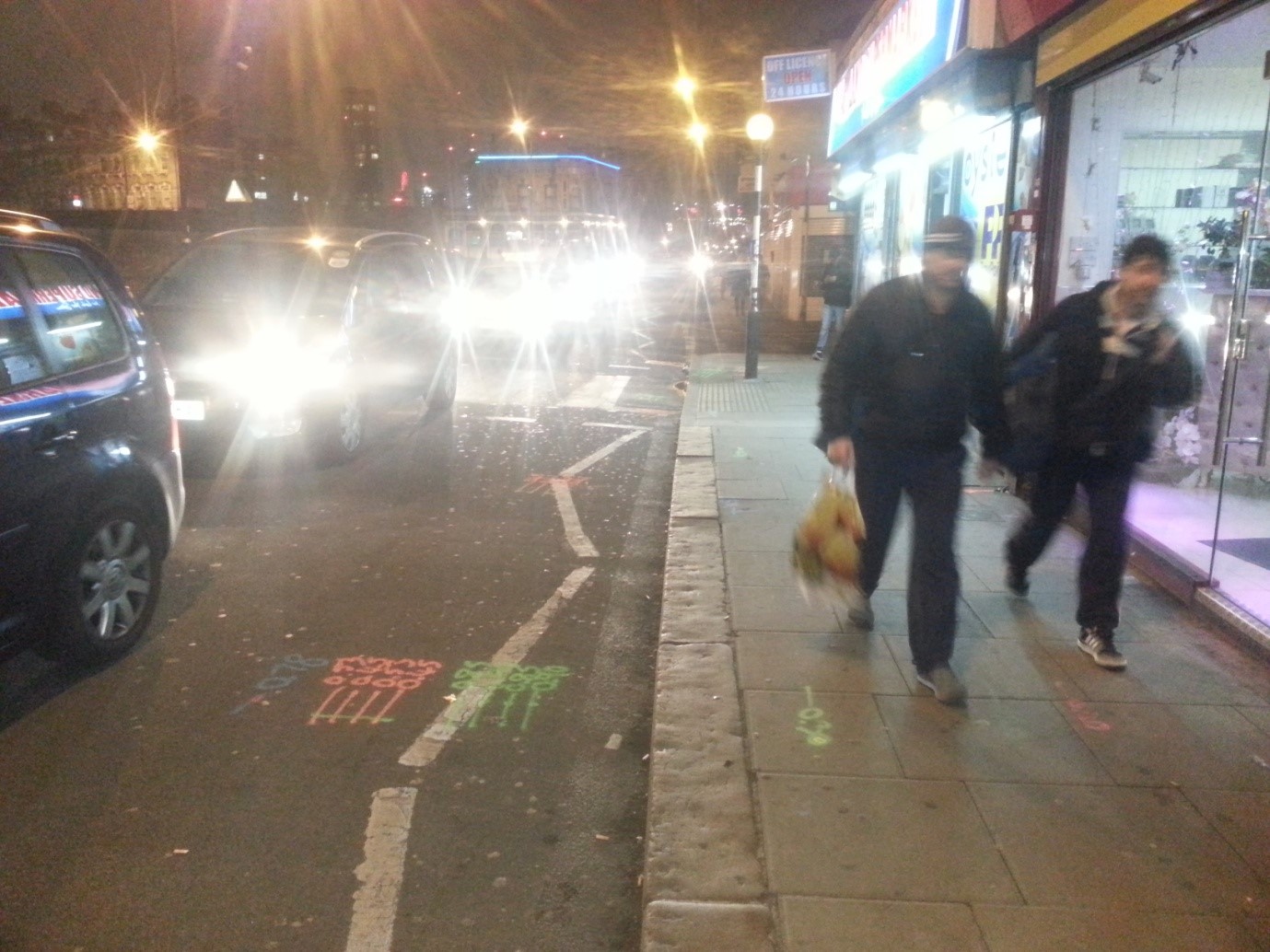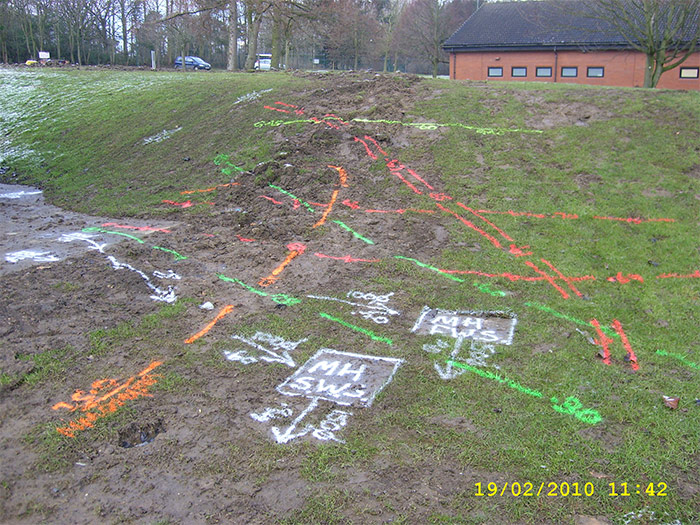Background
The project involves the seven local authorities that are in the water supply area of Dublin, with Dublin City Council acting as the lead authority for the project. The overriding purpose of the project is to deliver leakage savings by targeting the watermains for rehabilitation that have the highest leakage levels. The budget for the entire project is €118 million.
The design and scoping of the project is being carried out by the RPS, Roughan & O’Donovan / Faber Maunsell Alliance (ROD/FM) Joint Venture. The joint venture consultants are responsible for the scoping, design and construction management. The areas that have been designed range from the highly trafficked City Centre of Dublin, to major tourist areas such as Temple Bar, the inner city and the Dublin suburbs. The project will have construction duration of five years
Through the design phase of the project it became clear that traditional site investigation techniques (hand dug slit trenching and trial holes) were not yielding enough information to be able to design to the level that was required for the contracts in Dublin. At the No Dig 2008 road shows in Dublin and Belfast the Project Manager for the Joint Venture Consultants began a dialog with a Project Manager from Adien Ltd on how a tailored approach to utility detection and mapping services could be produced to aid the project.
The optimum solution for the project would be to carry out total mapping of the whole proposed route of the project some 280 kilometres, however this would prove to be time and cost prohibitive. Adien proposed that the solution would be to map all the major junctions and undertake Electronic Slit Trenches along the routes at given spacing.
Following meetings with Dublin City Council and liaison with the An Garda Síochána (Police), and due to the low impact of this trenchless site investigation, the usual restrictive permits for night working within the City that protect the residents from noise pollution were waived allowing for the surveys to be carried out throughout the night.
Projects within the Dublin Region Watermains Rehabilitation
To date Adien has surveyed more than 180 Electronic Slit Trenches and more than 30 major junctions for the project, working exclusively on nights. Adien’s approach to Utility Detection and Mapping surveys includes the use of the most up to date ground probing radar, radio frequency and magnetometer techniques, combined with the latest topographical survey equipment, and on site processes and procedures that have been developed and refined over the last 12 years. Adien’s three men teams work out of bespoke survey vehicles equipped with mobile CAD offices and direct broadband link to the Doncaster head office, allowing for real time quality assurance and producing accurate results that have been used in the following ways:
- Determining the type of method of rehabilitation to be used in the areas relining, pipe bursting, directional drilling or open cut.
- Determining location of high risk services such as high voltage cables and high pressure gas mains.
- Identifying underground obstructions i.e. the cellars to the Georgian Housing which protrude into the streets around Dublin.
- Unobtrusive site investigation in newly resurfaced roads where the reinstatement costs will be high.
- Mapping of complex junctions.
- Locating corridors for new watermains.
- Confirming easement around mains which are to be burst.
- Optimising the position of launch and reception pits to avoid utility conflict.
- Route planning to minimise traffic disruption.
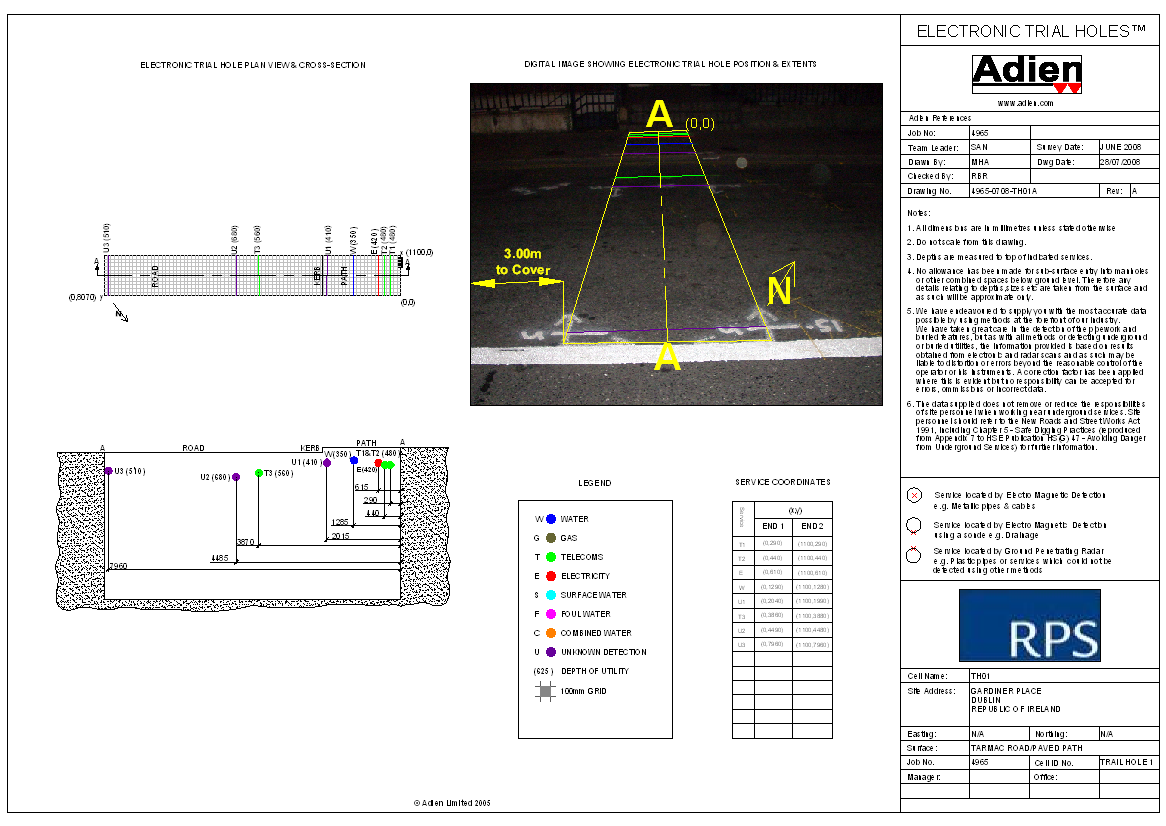
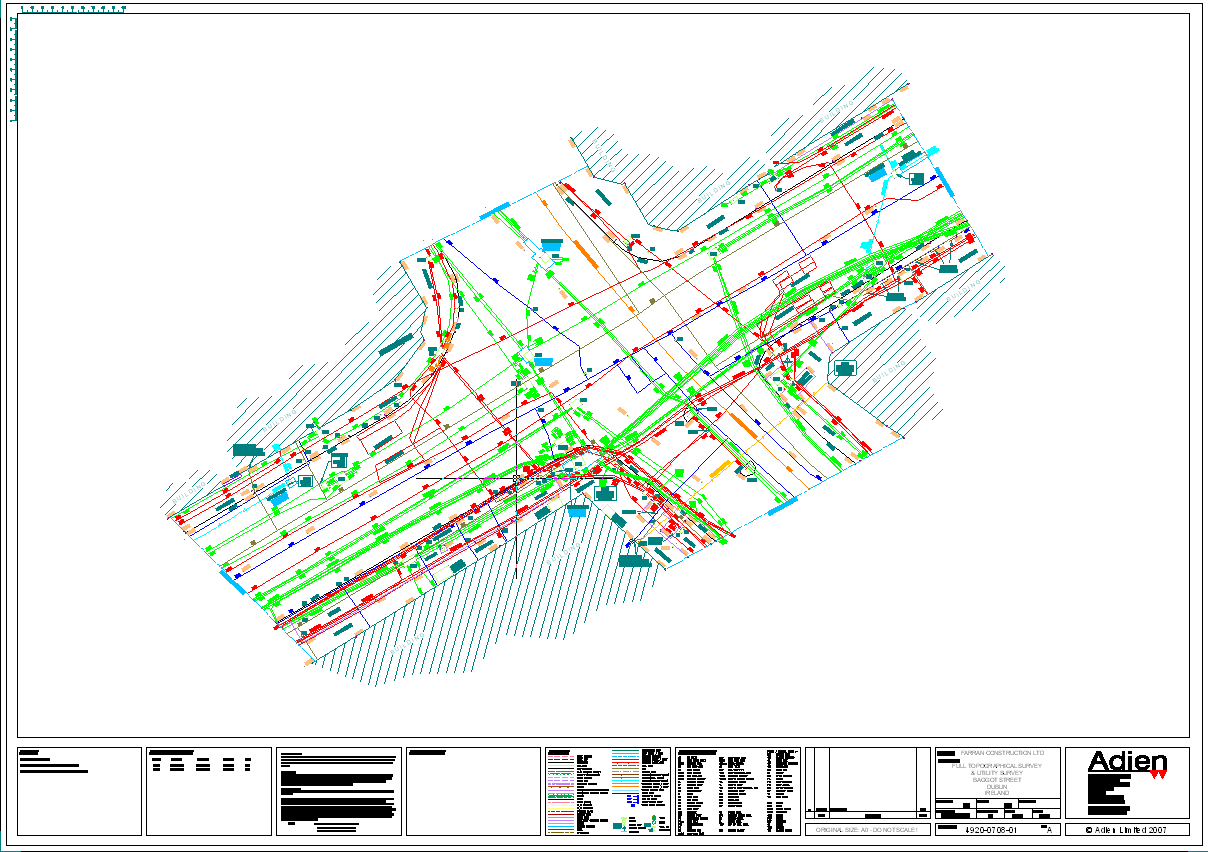
The following sections detail case studies of how the innovative technology of Utility Detection and Mapping has been utilised in Dublin. In the majority of cases trenchless technologies will be used for the rehabilitation works but in this cases (which is the only section completed to date) the information gained through the electronic site investigation proved that this was not the possible.
Mespil Road DMA:
Following a proposal for a high density landmark development with a 33 storey tower at the Jurys site in Ballsbridge, Dublin City Council’s water division requested that the trunk main in the DMA that was being rehabilitated, be upsized to a 560mm OD pipe.
This main is located in Mespil Road in Ballsbridge, Dublin. Fig 3 shows its location
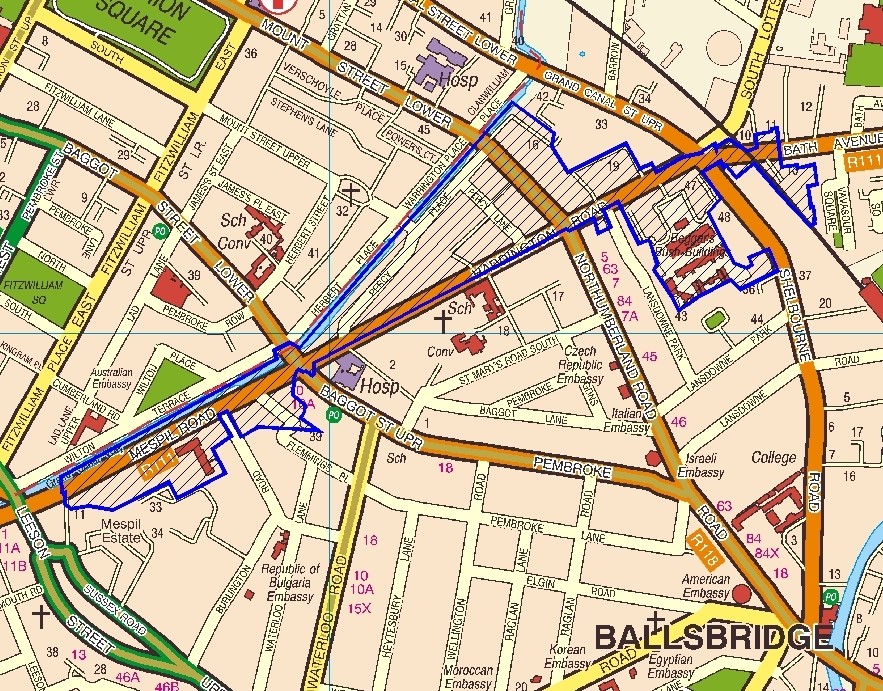
The main supply feed was a 12” main that feeds into three other DMA’s. This could not be rehabilitated by pipe bursting due to heavy and a large overland feed would have been required to maintain supply to Dublin City Councils customers. The road is one of Dublin’s main arterial roads and roadworks are heavily restricted on it. The length of the renewal is 525m.
Directional Drilling was ruled out due to the risk of installing such a large main with the following other utilities present:
- Distribution Gas Main, Medium Pressure Gas Main and above ground gas installation.
- 12” Water Main
- ESB cables;1 x 220KV, 1 x 110KV, 2 x 38KV, 2 x 20KV and 1 x 240V
- Bord Gais Fibre Optic Cables
- BT Fibre Optics
- Colt Telecom
- Eircom Telecoms.
- Large Diameter Combined Sewers
It was decided to use an open cut technique due to the traffic, and the location and depth of the other utilities. Adien was asked to provide five Electronic Slit Trenches and a full junction survey at Mespil Road and Baggot Street Upper.
This method of site investigation was the preferred option as it gives the maximum amount of information with the minimum amount of disruption to the local residents, businesses, pedestrian, and city centre traffic. As well and with the added benefits of being able to be carried out in a much smaller time frame in areas that could not feasibly be dug for the purposes of site investigation i.e. the major junction and at a reduced cost to traditional hand dug site investigation.
These electronic slit trenches and junction were then used to plan the route.
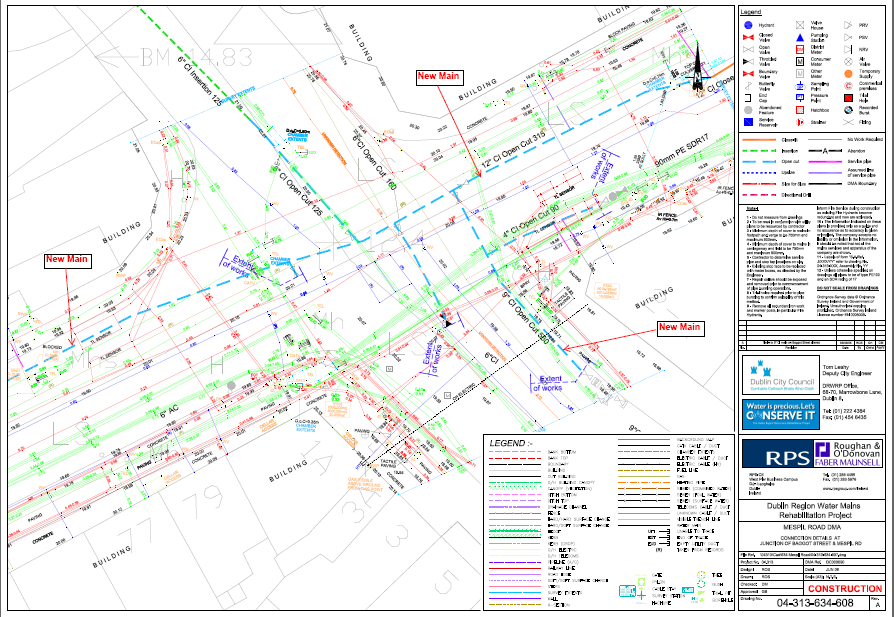
The main was successfully constructed by Farrans along the line determined by the Utility Detection and Mapping surveys carried out by Adien.
The use of this technology and the reliability brought the following benefits to this scheme and the Dublin Watermains Rehabilitation Project:
- Accurate route planning; minimises unforeseen problems and disruption to the traffic flows, residents and businesses.
- Scheduling and programming: Using the technology to select the route there were no unforeseen obstacles along the route.
- Stakeholder Management: Along with the two statements above, realistic programmes can be produced and kept too, thus placating the stakeholders.
- Traffic Management: The accurate route plan allows for the traffic management plans to be approved with confidence.
- Increased Health and Safety: By using the surveys for the route planning, high risk services can be avoided.
Temple Bar Dublin:
Within the project there is burst rate driven renewals occurring which have been dubbed the Hotspots project. One such hotspot programme is within the Temple Bar Dublin which is a vibrant historical cultural quarter.
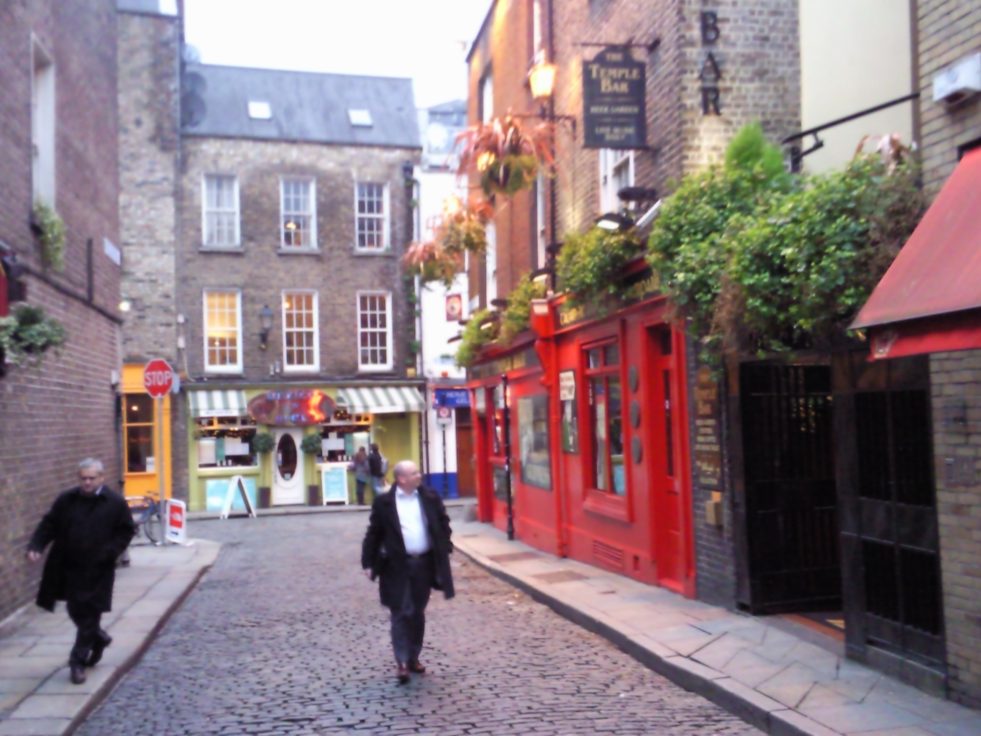
The road illustrated above is Temple Lane South and it is an old narrow road. It is surfaced with listed granite setts and granite slabs.
Electronic Slit Trenches were used on this street to be less intrusive. It brought the following advantages to the project:
- Listed Surfaces did not have to be disturbed, which reduced the cost of the job due to no expensive reinstatement being required.
- No disruption to local businesses.
- Road Closure not required.
- The risk of Hen and Stag Parties impinging on the excavation was removed.
Success of the project
Following the success of the working protocols in this area this process is already being utilised in the area around Grafton Street one of Dublin’s main commercial centres.
In Conclusion
The Dublin Watermains Rehabilitation Project is currently ongoing and through the skills, dedication and technologies used by Adien, R.P.S, Roughan & O’Donovan / Faber Maunsell (ROD/FM) Alliance a close working relationship has been forged with Dublin City Councils. The willingness of all parties to embrace innovative trenchless technologies has resulted in this project being delivered to program and on budget.
Going forward from this project, and in acknowledgment of the success of Adien’s trenchless site investigation and the information and cost benefits it brings, R.P.S is looking to increase their utilisation of Utility Detection and Mapping surveys and reduce their reliance on traditional hand dug site investigation.
By understanding the client’s requirements, combined with investment in innovative equipment, and our parent companies research and development department, Adien is determined to maintain its unique consultative approach to utility detection and mapping services.
Dublin Watermains Rehabilitation Project and Adien are at the forefront of establishing the acceptance of trenchless site investigation in the 21st century.

